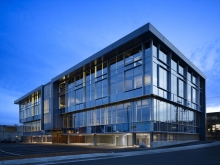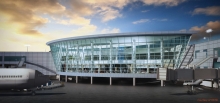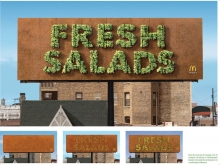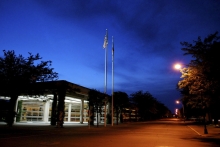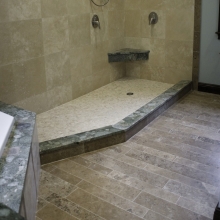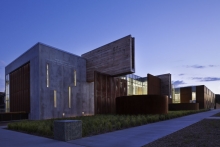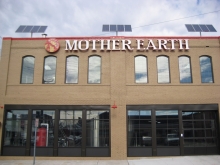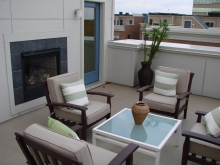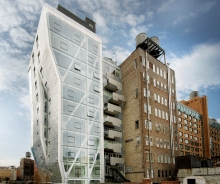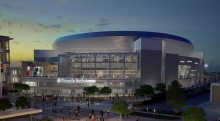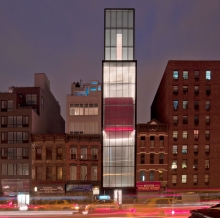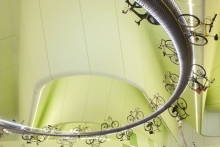An Interview with Stuart Silk Architects: What Makes for Commercial Design Success?
What are some of the challenges � and pathways to success � when it comes to designing commercial architecture?
Stuart Silk Architects, based in Seattle, Washington, has more than 25 years of experience producing residential and commercial architecture. We spoke with John Adams, AIA, Principal of Stuart Silk Architects, to learn more about the latest challenges associated with commercial design. Although commercial design certainly has its nuances, his firm has successfully bridged residential and commercial design with a simple and unified insight: the client is always passionately and personally invested.
